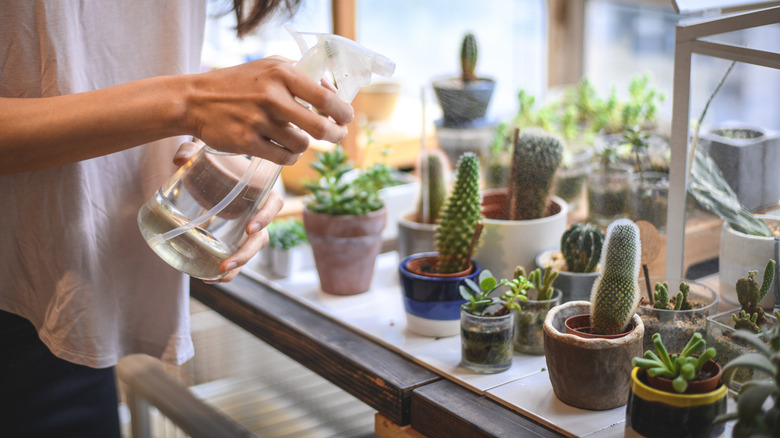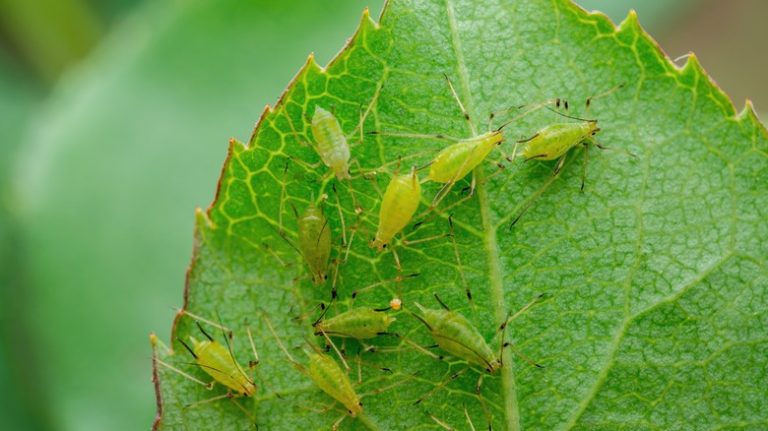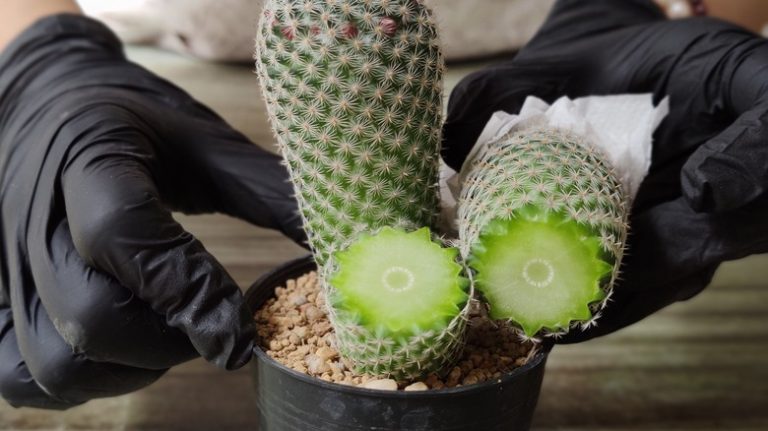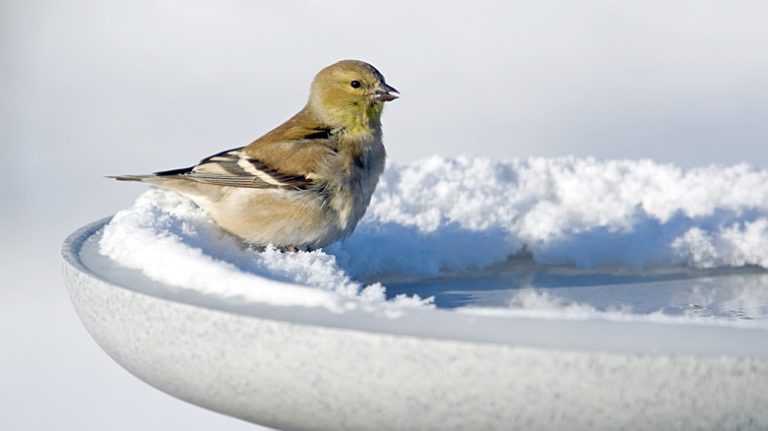Propagation is a rewarding way of multiplying your plants at home. Many succulents, such as the pickle plant (Senecio stapeliiformis syn. Kleinia stapeliiformis), are particularly easy to propagate. Although it is possible to grow some from seed, most succulent species propagate best through vegetative methods such as stem cuttings, leaf cuttings, division, and offsets, and the pickle plant is no exception. The underground rhizomes of this succulent serve as a natural means of propagation, allowing the plant to spread and establish new growth easily. They also produce pups, or offsets, which grow into mature plants. Simply by separating these pups and replanting them, you can grow multiple new pickle plants, expanding your succulent collection with minimal effort.
The pickle plant (Senecio stapeliiformis) has erect, pencil-like stems in shades of bluish-green. They can be grown outside all year round in USDA zones 9 to 11, while in colder climates they should be brought inside for the winter or grown as year-round houseplants. As long as they are grown in a location that receives plenty of sunlight either indoors or outdoors, pickle plants will produce daisy-like, red-orange flowers in the summer.
Propagating your pickle plant: A step-by-step guide
#succulentplant #rareplant #pickle #planttips #plantpropagation #succulentpropagation #l4l #plantsoftiktok #foryoupage #foryou #plantbabies #unique
♬ Lazy Beat – Akira Meru
The best time to propagate a pickle plant is when you are repotting your succulents in the spring. To get started, remove your plant from its pot and gently brush away the soil to access the roots. Here, you should see small pups formed at the base of the stem. The pups will be white in color and thicker than the surrounding roots. Around five to seven days after propagating, these pups will transform from white to bluish-green. Gently break the pups away from the main stem and allow them to dry and callous for several days. Once they have hardened, they are ready for planting.
Prepare small pots filled with a substrate suitable for succulents. Remember that you can use cactus soil for succulents, which we recommend blending with sand, perlite, vermiculite, or pumice for a suitable propagating medium. Simply take your separated offsets and insert the cut, calloused edge into the soil — there’s no need to plant them too deeply. Water lightly and keep them in a warm location that receives bright, indirect light. These cuttings like to be kept mostly dry but should be sprayed with water occasionally to provide a little moisture.
Caring for your pickle plants and tips for displaying them

Now that you have potted up the new propagules, it is important to know how to care for these young plants as well as the parent pickle plant. Like many succulents and cacti, pickle plants are native to arid and semi-arid climates, meaning they prefer dry environments. Allow the soil to dry completely between watering — these plants only need to be watered once every two to three weeks. Protect the newly-propagated succulents from direct sunlight until they have developed roots and show signs of new growth. Once established, provide your plants with at least six hours of sunlight a day. Additionally, feed them with a diluted, low-nitrogen liquid fertilizer just two to three times during the growing season.
With their erect stems, slightly-blue coloring, and delicate markings, pickle plants look great as part of a mixed succulent arrangement. These can either be planted together or in separate pots. Consider choosing species with a range of growth habits to create variety, such as the jade plant (Crassula ovata), tiger tooth aloe (Aloe juvenna), or blue chalksticks (Senecio serpens). Alternatively, you could incorporate your expanding pickle plant collection into a rock garden design.



